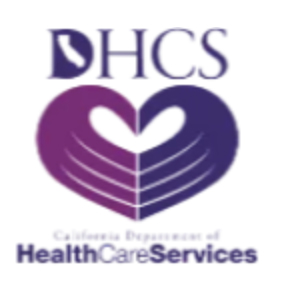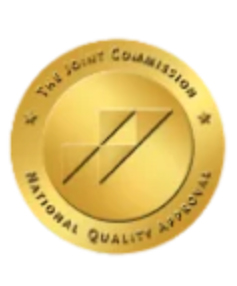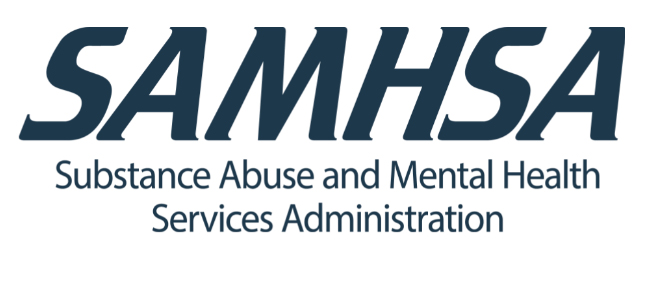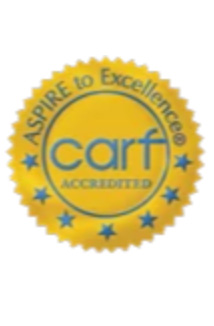Most Common Addictions in the United States
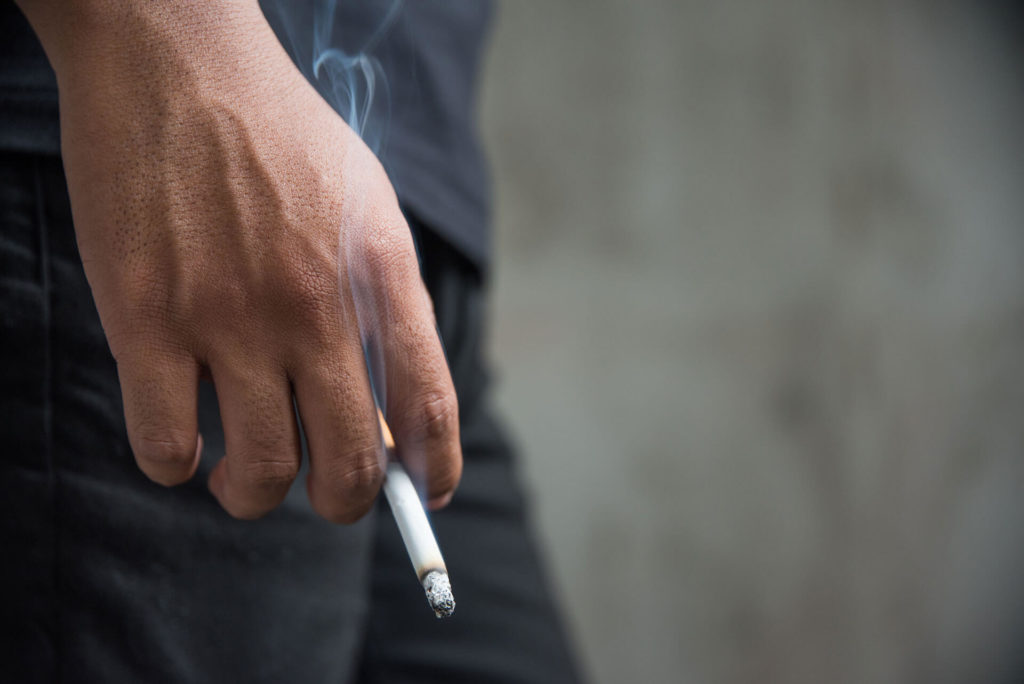
Addiction doesn’t discriminate. Most people think of alcohol and hard drugs when they contemplate addiction, but there are many different types of substance abuse. In fact, there are 10 distinct substance use disorders recognized in the Diagnostic and Statistical Manual of Mental Health Disorders, Fifth Edition.
In the United States, nearly one out of every 10 people has an addiction to drug or alcohol. The most common addictions in America might surprise you. Understanding the rising problem of substance abuse in America makes it easier to identify the warning signs and help people get the assistance they need.
Alcohol
One in eight Americans is a diagnosable alcoholic. Drinking is a widely accepted and celebrated part of American culture, so it’s not surprising that many people often find themselves experimenting with alcohol at an early age and developing a dependency later on.
From experimental teenage years to college binge drinking, one in six adults binges drinks at least four times per month, according to the CDC. Binge drinking is a gateway to addiction and also poses a major threat to public health and safety.
The signs of alcoholism aren’t always easy to identify, either. High-functioning alcoholics know how to mask their addiction and hide it even from their closest family and friends.
Marijuana
Cannabis is currently fully legalized in 10 states and holds a mixed legalization status in many others. Marijuana has become far more socially acceptable, and recreational use has skyrocketed over the past several years.
A 2017 report in the Annals of Internal Medicine reveals that one out of every seven U.S. adults smokes marijuana. So, many people are beginning to recognize cannabis as acceptable as alcohol that they ignore and deny its addictive properties.
Although it may not be as hardcore as other illicit drugs, marijuana use disorder is a real problem that can cause many negative physical and emotional consequences. Research suggests that marijuana use disorder is on the rise, which means greater public awareness is necessary.
Opioids
The American Opioid Epidemic claims the lives of more than 130 people every single day. Painkillers like Oxycontin and Vicodin and illicit drugs like heroin and fentanyl destroy thousands of lives each year.
Prescription pain medication abuse often leads to further drug abuse. The National Institute on Drug Abuse reports that prescription opioid use is a heavy risk factor for heroin use.
About 80 percent of people who are addicted to heroin first started taking prescription opioids. Millions of people are suffering throughout the country, including families and friends watching their loved one spiral down the dark cycle of addiction. Opioid detox and rehab are the safest way to treat opioid addiction and set oneself up for greater success in the future.
Tobacco
It may not be illegal, but tobacco is still one of the greatest addictions in the United States. Around 75 million people die each year from tobacco-related conditions, making it responsible for 87-percent of lung cancers and 30-percent of all cancer-related deaths each year.
Nicotine is tough to quit; only 6 percent of smokers who try to stop succeed in the first year. Like any addictive substance, nicotine in tobacco triggers the brain’s reward system, flooding smokers with lots of “feel good” hormones. The rush of endorphins makes it difficult to quit the compulsive act of smoking, especially when it also serves as a stress reliever and soothing act.
Cocaine
While studies show cocaine abuse is declining, there are still over 1.5 million users throughout the United States as of 2014. The psychoactive stimulant provides users with an intense, euphoric rush that is often mixed with other drugs such as heroin and methamphetamine.
Even though crack use is falling, people who struggle with addiction still need help today. Many people who abuse crack cocaine today have been doing so for years and have lost relationships, opportunities and their health at the expense of their addiction.
Benzodiazepines
Valium, Xanax, and Diazepam are prescribed as mood stabilizers, but “benzos” are also a commonly abused class of drugs. Benzodiazepines significantly alter the brain’s chemical composition, leading to an incredibly risky addiction with potentially fatal withdrawal symptoms.
Withdrawing from benzodiazepines can cause grand mal seizures, which makes quitting without medical supervision highly dangerous. Around 30 percent of drug overdoses involve benzodiazepines, according to the National Institute on Drug Abuse.
Benzodiazepine overdose can be prevented by going through an approved detox program. It’s the safest way to ensure one’s safety and reduce the risk of relapse by transitioning directly into addiction treatment.
Getting Help With Your Own Addiction Treatment
At Novo Detox, we specialize in treating many of America’s most common addictions including alcoholism, heroin and opiate abuse. Our IV detox treatment and medical approach are designed to provide clients with the safest, most comfortable method of drug and alcohol detox.
Our board-certified physicians and staff work round-the-clock in a secure, private facility to ensure that our clients are receiving the best possible care to set them up for success during their recovery.
At Novo Detox, people are treated like human beings, not hospital patients. We offer customized treatment plans that are tailored to treat everyone’s unique addiction. No two substance abuse stories are alike, which is why we strive to make sure everyone who trusts us with their recovery is given the most personalized form of care.
